Hi, this is Jay P. Morgan. This morning at 7am Pacific Standard Time Sony announced the long awaited a7s III, an incredible video camera I’ve had an a7s from the beginning I shot a ton of commercials on it.  The I moved to an a7s II and saw the great upgrade to the a7 s II. I’ve been waiting for the a7s III for forever and today it finally came.
The I moved to an a7s II and saw the great upgrade to the a7 s II. I’ve been waiting for the a7s III for forever and today it finally came. 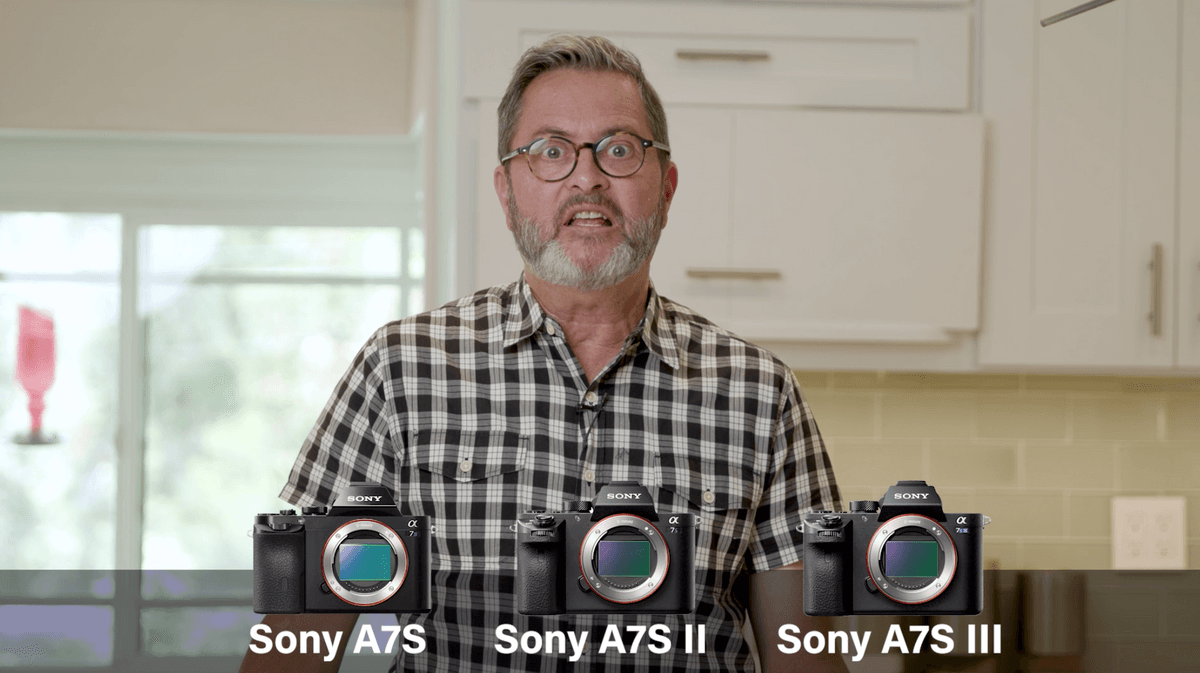 They a7s III is really head to head with the Canon R5 and the Panasonic S1H. Those three cameras really move this entire genre of mirrorless cameras into production quality 10 bit 4.2.2 cameras and that’s what’s so exciting about them. So let’s look at the specs for the new a7s s III.
They a7s III is really head to head with the Canon R5 and the Panasonic S1H. Those three cameras really move this entire genre of mirrorless cameras into production quality 10 bit 4.2.2 cameras and that’s what’s so exciting about them. So let’s look at the specs for the new a7s s III.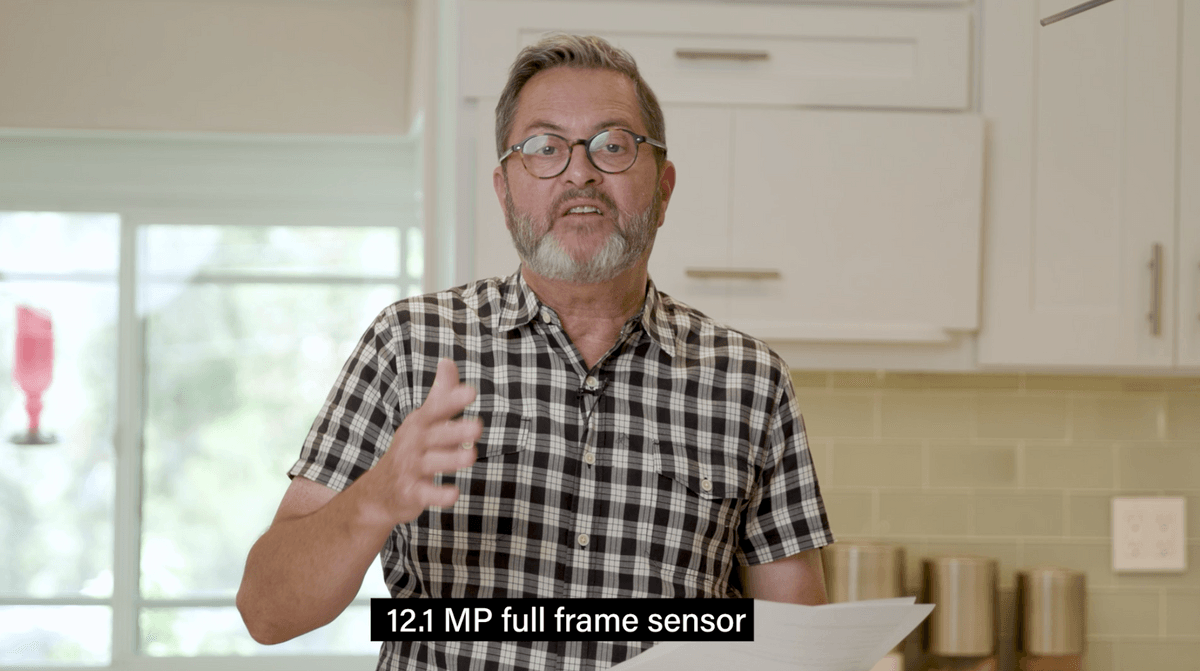
Number one is a 12 megapixel camera. That’s what we expect from the a7s series. You want that because that low megapixel count gives you large, light sensitive megapixels. Pixels that really bring in the light. They give you high dynamic range. They give you a great ISO performance. That’s what this camera is built on. And that’s exactly what it’s going to deliver. It’s going to give you ISO from 80 to 102,800 (Normal) and the extended ISO is 40 to 409,800. So an incredible dynamic range.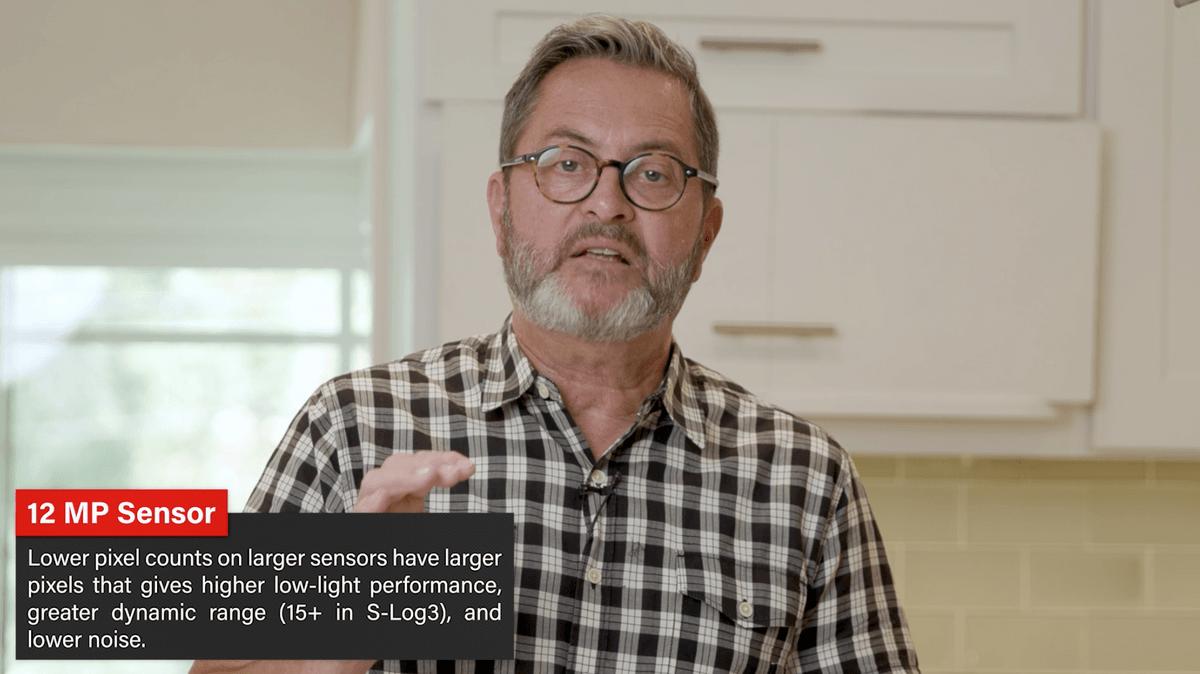
This is an incredible 4k camera with 10 bit 4.2.2 and that’s what puts it in the category with those other two cameras, is because it’s now a production quality 10 bit 4.2.2 which is really the production standard. This camera also has S-log2 and S-log3. S-log3 is going to give you that incredible dynamic range of up to 15 stops of dynamic range.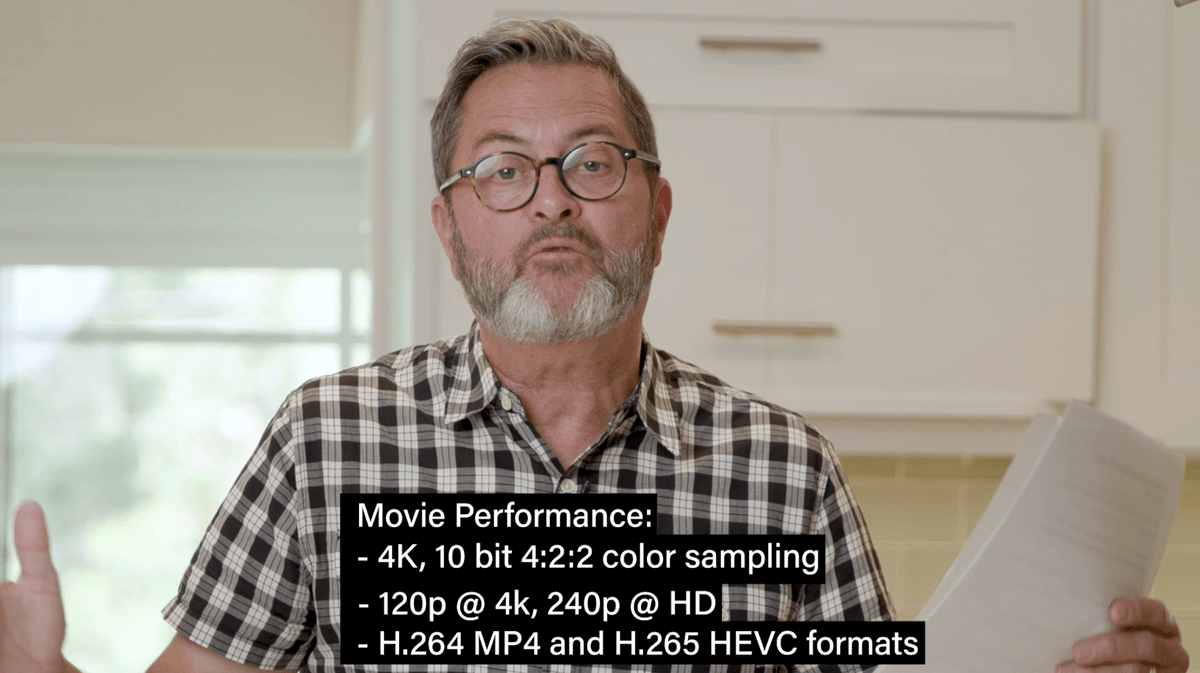
This camera has two card slots, but you can use either SD cards or CFExpress Type A cards. Type A is a new card Sony has developed for this camera, and that type of card goes into the same slot as the SD card. So you can either have one SD card and a CFExpress Type A or you can have any combination.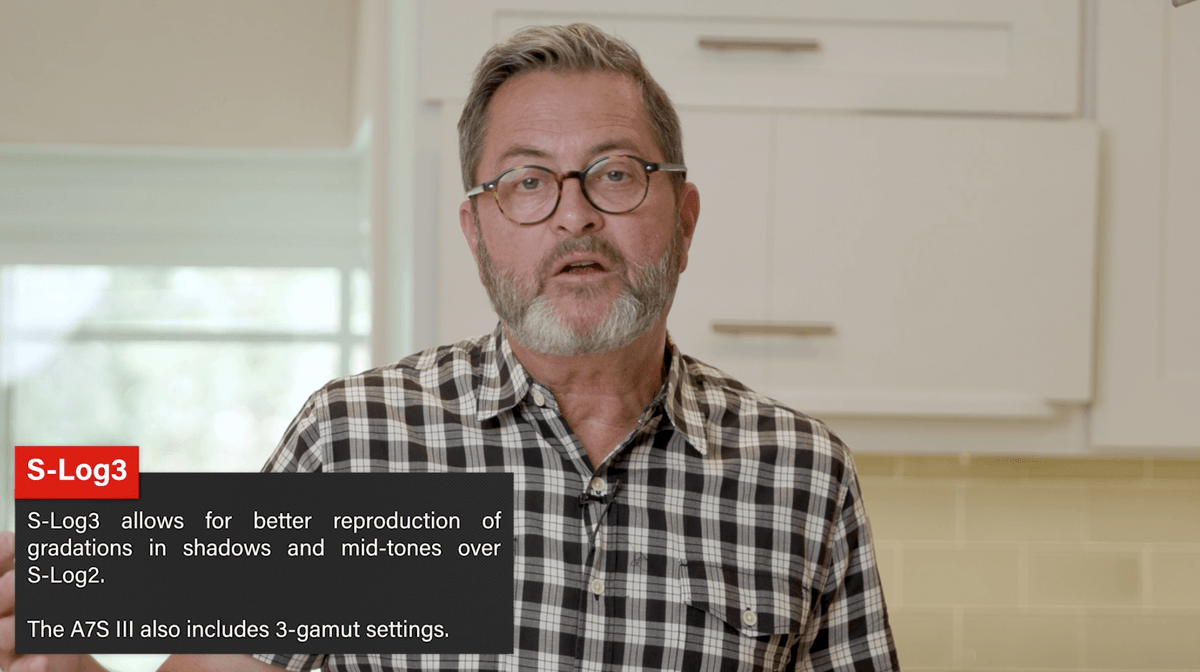
This is one thing that I think is incredible. And that is there is no recording limit. That makes it much more workable as a b-camera, as a doc style b camera, because you don’t have that 30 minute limit. You don’t have to deal with your clips stopping every 30 minutes. For those of you who love external recorders, and I do, you’re gonna get a 4264 x 2408 16 bit raw output and up to 60 frames per second. That’s incredible for using an Atmos recorder gives you the ability to do that great output 4k up to 60 frames a second. It now has it so you can simultaneously display on the camera and on an external recorder at the same time. This is a great feature so you’ll be able to view on the back of the camera along with an external recorder. So if you plug it off to an external recorder that’s away from the camera you’re not flying blind on the camera.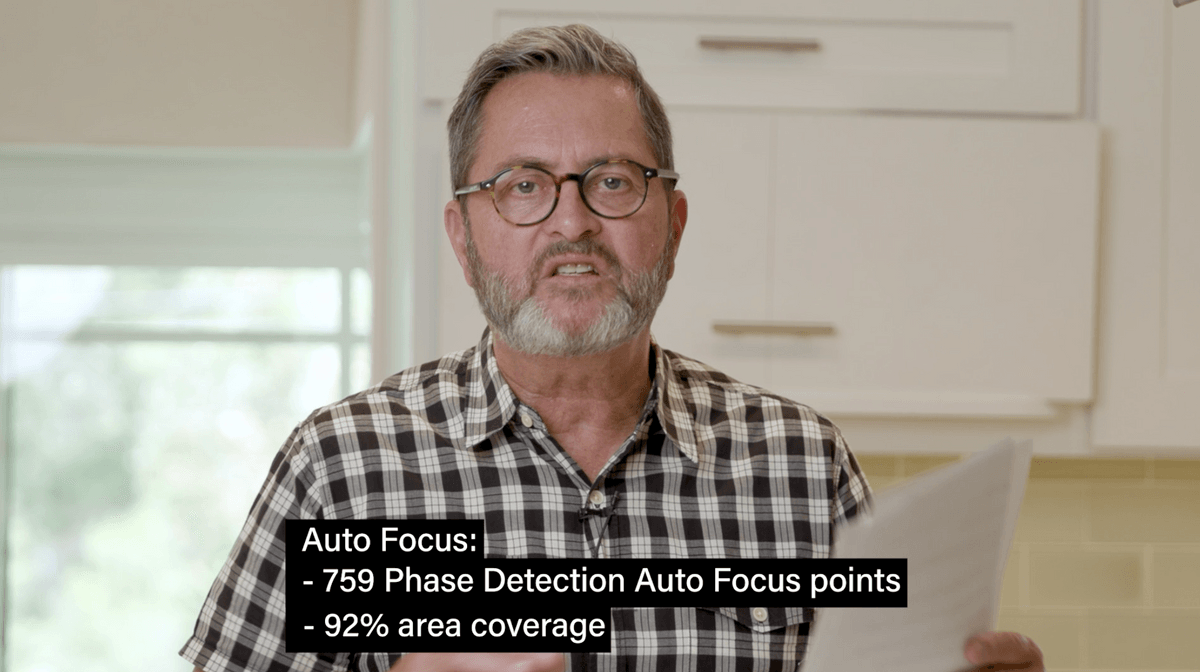
The camera has 759 phase detect autofocus points, which gives you 92% coverage in the back of the camera. This has become a standard on your mirrorless cameras now. It gives you the ability to focus in corners. And the autofocus just works so much more seamlessly. It’s great coverage. You get real time eye autofocus and touch tracking. So you can real time autofocus for video. So as you move, it’s going to keep focus on the eye. And it also has touch tracking. If you touch a subject matter, it’s going to follow that subject matter in the scene, even if it’s a long way away and comes forward. Can’t wait to test that one.
EVF on this camera is incredible. It has a 9. 44M dot (QXGA) viewfinder. It’s going to give you more resolution to that EVF than any other camera that’s on the market out there right now. It’s got a great five axis internal image stabilization that gives you a slight crop on 4k, but in doing so allows you to be able to stabilize the image and to give you that great smooth image.
One of the things I’m most excited about is the new menu system. I got to see all the new menus. It’s similar to me in some ways to Nikon’s menu, but not exactly. It’s much more simple. You have menus down the side and they expand out. It’s just a much simpler menu system and I’m excited about that.
This next feature I’ve been scratching my head about for years, wondering why cameras don’t do this. And that is you have separate settings for your motion picture and your still mode. So when you change your motion pictures to still you have your settings. In those modes you have the menus that only relate to that mode of shooting, and it just makes it so you don’t have so many things you have to dig through. It just makes it much easier to use. So on this camera, if you set yourself up for doing stills on set, you have all your settings. Then when you switch over and set up all your settings for doing motion picture you are set for doing video. Now you can switch back and forth and it maintains those settings. That is really useful in this kind of hybrid camera. It just makes it easy to be able to make that jump back and forth.
Next, Sony has made the sound on this camera so it will be able to grow with you. It’s got four channels at 24 bit recording, sound recording, and that gives you the ability to add a third or fourth lav. So that’s going to make this camera so it can grow and be more future proof with regards to audio.
The a7s III has a new processing engine that is eight times faster than the first engine that was in this series and it’s going to give you faster autofocus. It gives you more rapid EVF displays and it’s going to write super-fast to memory cards so that is going to be a major improvement with this camera.
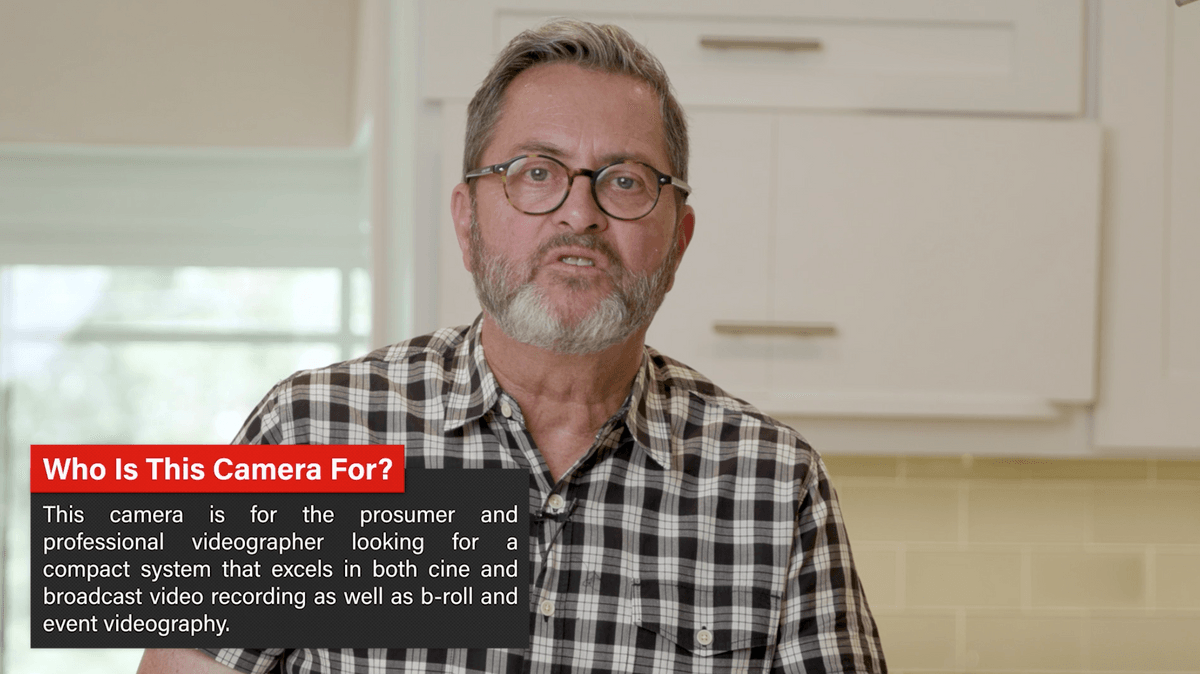 Who’s this camera for? You know with that 10 bit 4k 4.2.2 internal recording, it just makes this camera so it does everything for pro-sumers, wedding photographers and up to on set production video. I don’t see this camera as a still photographers camera. I see this as an incredible videographers camera, everything from weddings to high end on set B-roll production. As a crossover camera it doesn’t cross over near as well as some of the other cameras out there. It just doesn’t. It doesn’t have the megapixel to give you a decent sized image to blow up to a large print size. So I don’t see it as a crossover camera like that. But I see it as an incredible video camera.
Who’s this camera for? You know with that 10 bit 4k 4.2.2 internal recording, it just makes this camera so it does everything for pro-sumers, wedding photographers and up to on set production video. I don’t see this camera as a still photographers camera. I see this as an incredible videographers camera, everything from weddings to high end on set B-roll production. As a crossover camera it doesn’t cross over near as well as some of the other cameras out there. It just doesn’t. It doesn’t have the megapixel to give you a decent sized image to blow up to a large print size. So I don’t see it as a crossover camera like that. But I see it as an incredible video camera.
So we can’t wait to get our hands on one here.
Make sure you subscribe to us here at The Slanted Lens. We want to help you to understand all these new cameras that are coming out and what cameras are best for you.
 So keep those cameras rollin’ and keep on clickin’.
So keep those cameras rollin’ and keep on clickin’.
If you find this information interesting, we come out with a new video every Thursday and sometimes on Tuesdays, so make sure you subscribe.
Leave a Reply